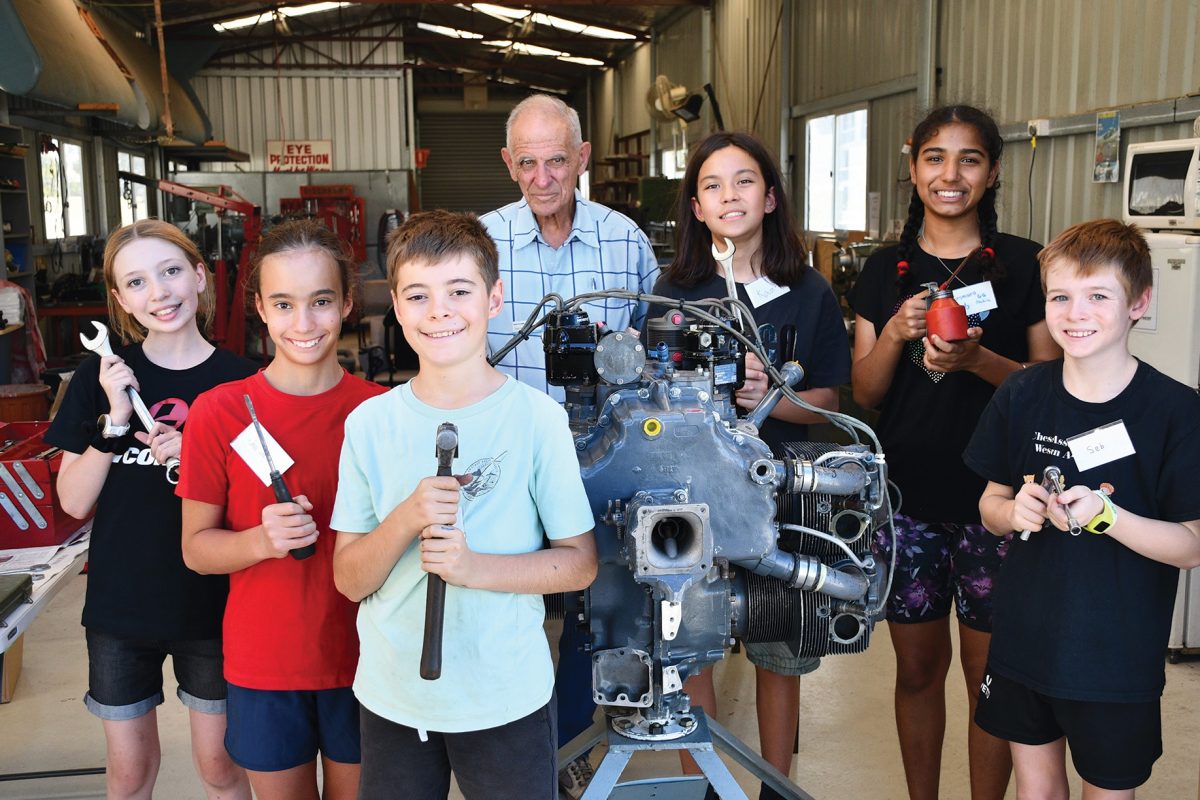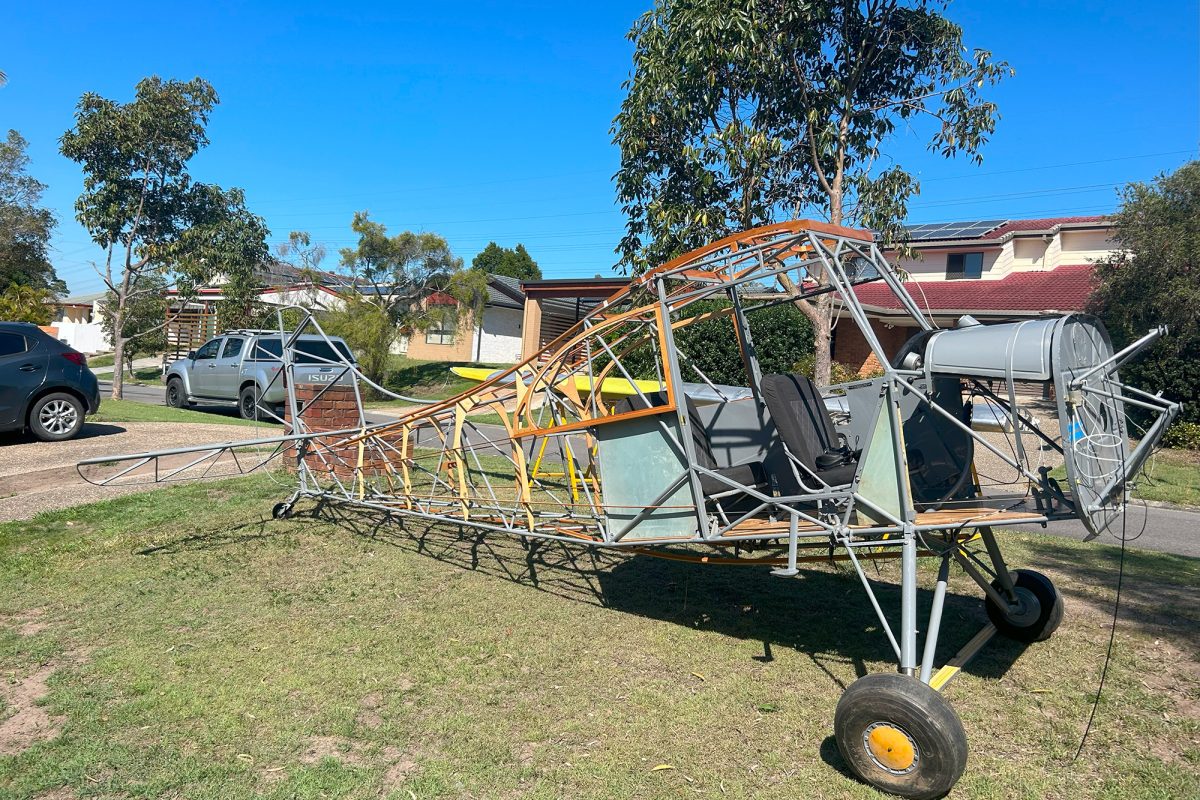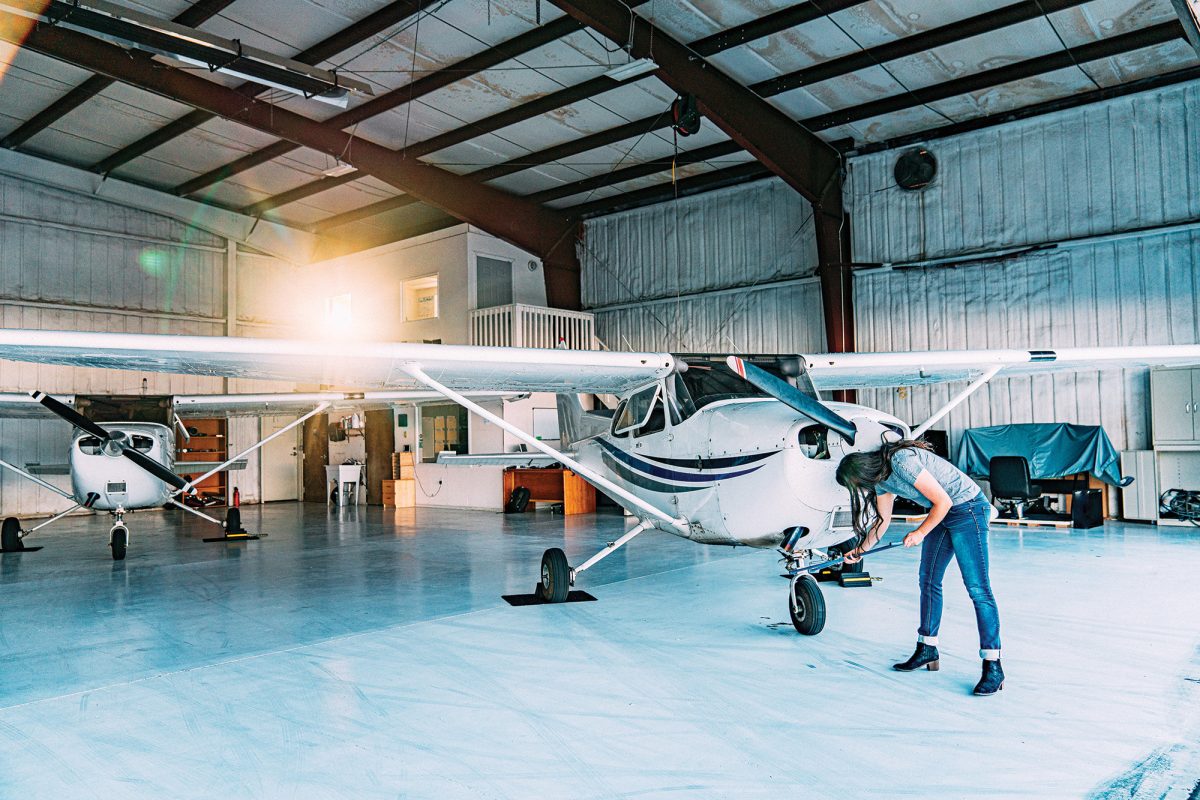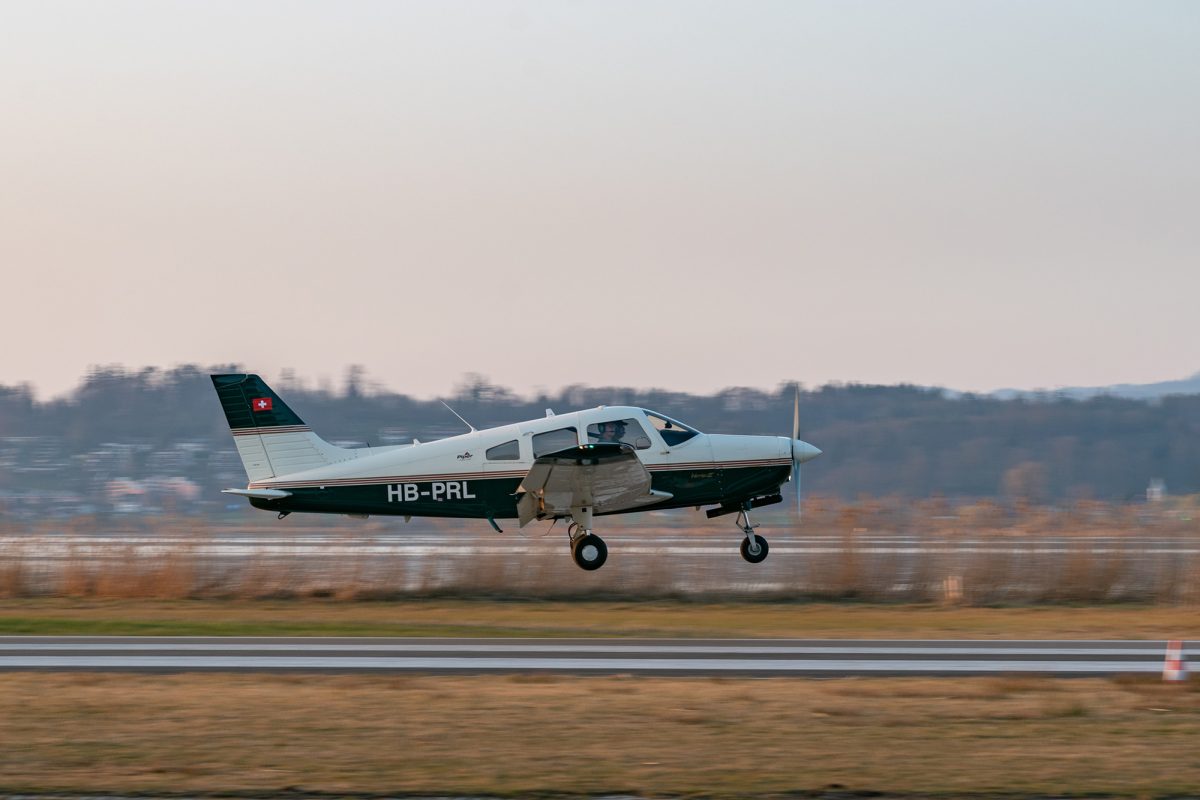A FIRST RESPONDER’S GUIDE TO A SMALL AIRCRAFT ACCIDENT
It’s a Saturday afternoon and you’ve just put the aircraft back in the hangar. Then you hear a thump. There has been an aircraft accident and you are the first one there. So, what do you do next? We asked John Callahan, an expert in the field for some pointers that might just save a life.
Most aircraft accidents occur in the vicinity of an airfield, but can occur anywhere. In the event that you witness an accident, the first and most obvious step is to call triple zero (000). Stay calm. Give your name, location of the accident and the nearest cross-road for easy reference. If it is not a major airport, emergency services can take at least 20 minutes to arrive on the scene.
If it is safe to do so, approach the accident from upwind, so the wind is on your back. Remember that the first priority is your safety. Don’t become a casualty. Some potential hazards include fire, fuel, ballistic parachutes, toxic fumes, oxygen bottles and hazardous cargo. Then there are other external hazards such as powerlines. If powerlines are involved, always treat them as though they are live.

Any vehicle traffic must be kept off the path of the crash so as not to destroy ground evidence. When there is injury or fatality, the site is under control of the ATSB or the coroner. The police must take control until instructed otherwise. If the aircraft is VH registered, it becomes the property of the ATSB and the police secure the site. If the aircraft is registered as recreational or gliding, the aircraft is under control of the police until the coroner releases it. Nothing can be moved without authority. For the emergency services arriving at the scene, it will most likely be their first experience at an aviation accident unless it is a major airport. They should wear full protective gear including eye protection. Their main task is the protection of life and the suppression of fire. Cutting equipment should only be used for victim safety.
The next priority to deal with is to turn off the main power switch, usually painted red. Any changes to switches or fuel selectors should be noted for investigators so their original selection is known and correctly recorded. After this, the fuel selector needs to be switched off, usually coloured red. Next, look for hazardous labels such as high-pressure vessels, ballistic parachutes or agricultural chemicals. Early whole-aircraft parachutes were deployed using a compressed air cylinder, but there are not many of these left in circulation. Ballistic parachutes are deployed by pulling a handle in the cockpit that uses
a Bowden cable, activating a rocket which results in a fully open canopy in three seconds. Some later versions are activated by an electrical cable. These cables can only be cut using a proper cable cutter, not bolt cutters or wire cutters. The manufacturers claim over 484 lives have been saved by these ballistic parachutes. It is difficult to work out how many aircraft are fitted with these but it is a high number and this number is growing rapidly.
In the event of an accident, it’s important to ascertain if the aircraft is fitted with a ballistic parachute because the warning sign may not be visible. If the parachute is deployed, that is a plus but be aware that it may have deployed on impact, leaving the rocket still live. Try to find the activation handle in the cockpit within reach of the pilot, coloured red. There is a safety pin that goes in that handle but, because the pilot removes it before flight and replaces it on landing, it needs to be
re-inserted to make it safe. The safety pin is retained on a wire hanging on the handle. Insert this pin or something like a zip tie to secure it. If the aircraft structure is damaged, there may be tension on the activation cable making it unsafe. Treat the rocket as a loaded shotgun. If there is a strong wind and the parachute inflates on the ground you can knock it down with a fire hose and secure it by parking a vehicle on it. Beware — it is capable of dragging a damaged aircraft along the ground. I have footage from airport security cameras at Orange showing a rocket self-deploying nine minutes after the aircraft crash. The rocket can be set off by heat or fire.

Another potential hazard can be from AmSafe seat belts. These release air bags from the seat belt shoulder harness or the lap belt. They are deployed by inertia and g-force sensors and propelled by high pressure cylinders sown into the belt harness. These cylinders contain helium stored at 6250psi, so no cutting unless you know what you are doing. They can be set off by heat or fire. They are more common than you would think with around 150,000 fitted worldwide.
And finally, it is helpful if you can get witness details and photos without being disrespectful to the situation at hand. No one wants this to happen, but awareness about what you can to do help in the event of an accident, and the hazards to avoid should be part of everyone’s aviation knowledge.









